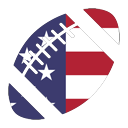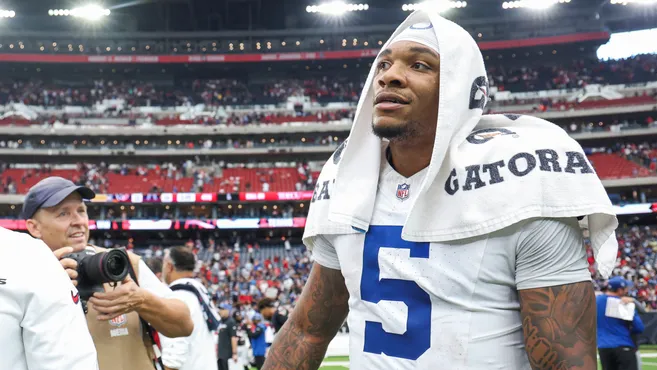By: Jess Geller
Below is a discussion of the “Player Over Usage” rule. This rule is currently employed and controlled by the USFFL. The rule is designed limit the touches of skilled players such as QBs, RBs, WRs and TEs. The goal is to make the Strato season more realistic by preventing players that had good cards but had a limited role in real life.
When Over usage Applies
Over usage comes into play starting in week 3. It is ignored in weeks 1 and 2 in terms of sitting out players. However, it is important to note that the touches do count in weeks 1 and 2 so if a player is overused the first 2 weeks, they may be forced to sit out in week 3. For the last game of the season, whoever can play that game can touch the ball as often as possible without playoff implications. Also, there is no over usage in the playoffs.
How Overusage Applies
USFFL currently sets the over usage percentage at 150% for all skilled players. This 150% is a variable that can change with voting each summer. For example, if a RB had 90 carries and 10 receptions, they would have 100 touches IRL and 150 (100*1.5) touches in USFFL. If a QB had 200 pass attempts and 25 rush attempts they would have 225 touches IRL and 337 (225*1.5) touches in USFFL.
The best way to manage over usage is to keep track of each skilled players’ touches after each game and compare to the USFFL permitted average at that point in the season. For example, IRL, if a RB had a combined season total of 200 carries and receptions, USFFL over usage rule will allow 300 touches (1.5*200). In a 17 game season, this is an average of 17.6 (300/17) touches per game. Let’s say after 3 games the RB has 75 touches (rushes and receptions) which is 25 per game. The 25 is over the limit of 17.6. Strato may rest this RB in game 4.
I say “may” because there are other conditions that apply in the Strato over usage algorithm such as:
1. Strato will not rest for overusage more than 1 player at each position (RB, QB, Receivers)
2. Strato will pick the 2 highest over usage players to rest and never rest more than 2 players a game.
3. If the rested player will result in no players being available at that position due to injuries, then that player will not be rested.
4. A player must be averaging at least 1 reception per game (for Receivers and TEs), 3 rushes per game (for RBs) or 5 passes per game (QBs) before being considered overused.
5. There are certain players that are exempt from over usage. They are QBs IRL with 500+ passes, tight ends IRL with 40+ receptions and wide receivers IRL with 70+ receptions. All other players are subject to over usage.
6. The catch all – Strato puts in their rule book this line: “The above description is simpler than the methodology used by the computer game when determining which players to rest”. I interpret this to mean coaches will not always be able to predetermine who might get rested but for the most part, the guide lines will help coaches prepare well.
My Approach to Over Usage
Using a spreadsheet, I keep track of total season rushes, receptions and pass attempts after each game. I use this spreadsheet to see where I need to be based on the player’s IRL total. With this approach, I have a good idea before the next game gets loaded who will be sitting and who is on the bubble to be sitting in the following game. I can prepare for the next couple of games accordingly.
Please let me know if you have any corrections or enhancements to this summary.

